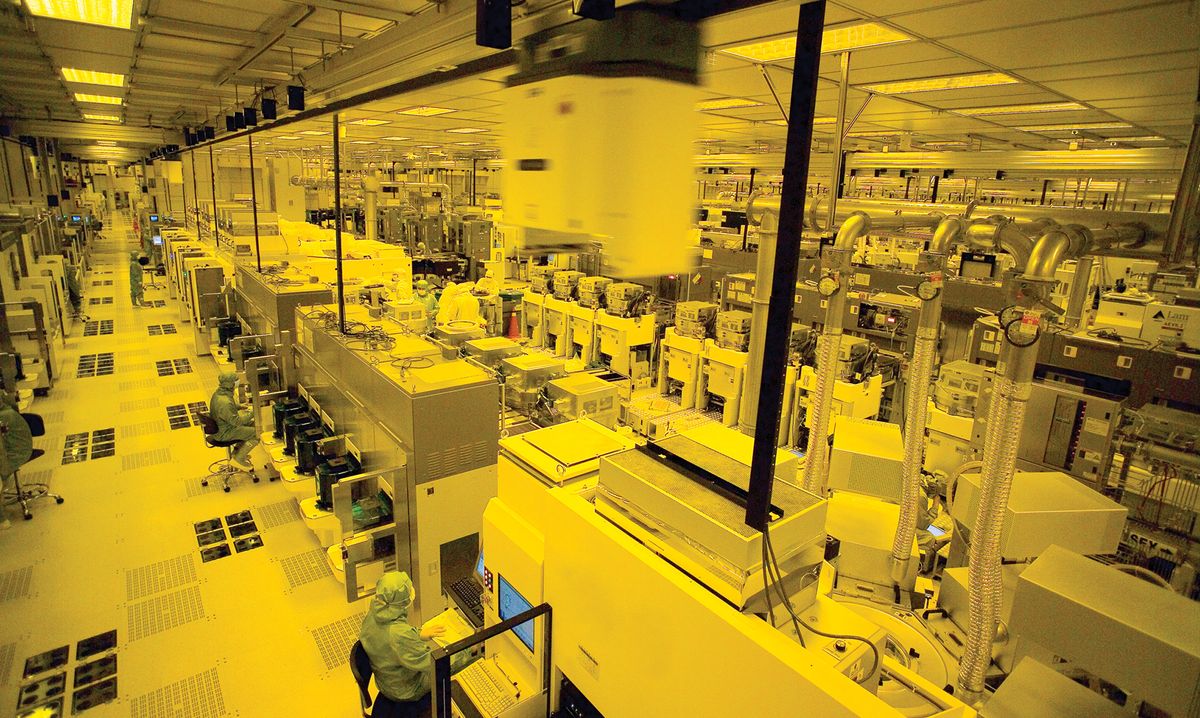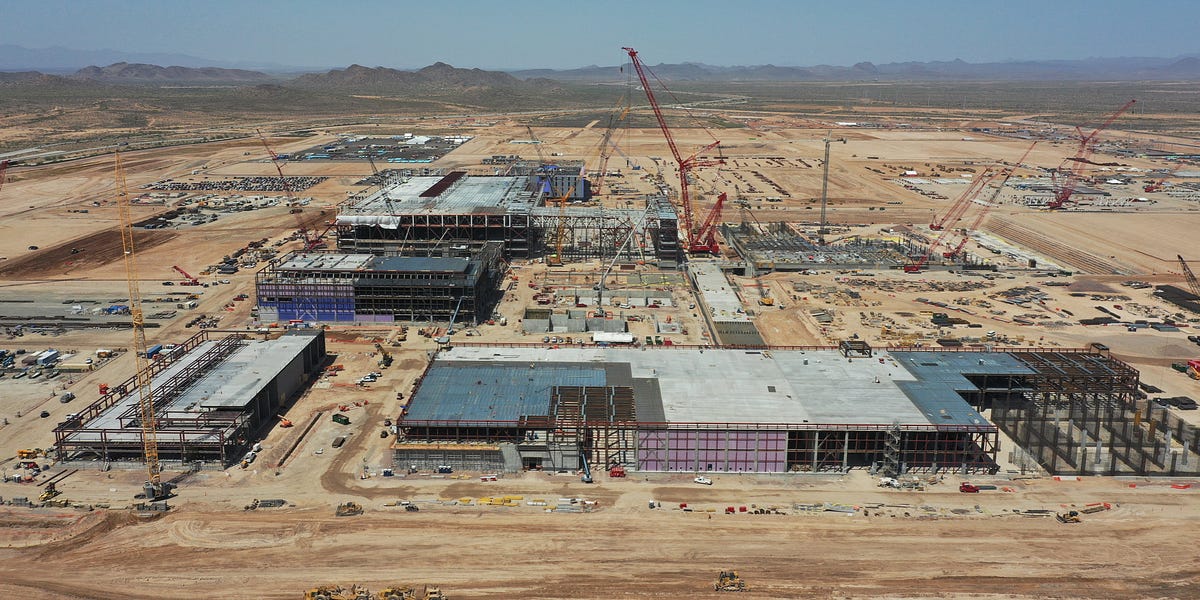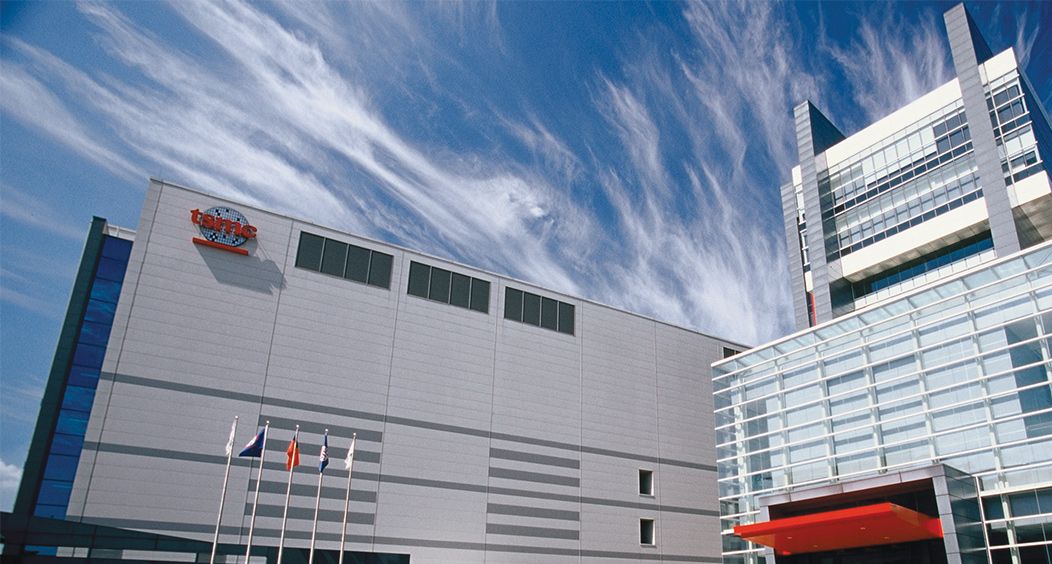When did they start saying each fab would be doing 100k wafers a month? And 6 giga-fabs in Arizona doing 600k wafers a month? For only $40b? That doesn't sound right.
The original plan was a single fab doing 20k 5nm wafers a month. That number supposedly got upped a bit when they were pressed for additional investment, ~40-50k wafers a month.
I just read a dozen different articles and most appear to be saying that with TSMC's additonal investment of upto $40b, they are expecting 600k wafers per year.
I do quite like other aspects of Hilbert's article though. Not sure where he got the 6 giga-fabs and 600k wafers a month though, those numbers aren't in the source article.
Screw TSMC for still complaining about the increased manufacturing costs after all the subsidies the US and AZ have given them.
Also them trying to boost H1B numbers because there aren't enough "trained/experienced employees." AZ has a shitload of current and ex-semiconductor employees.
If you want robot humans that can follow a set list of steps, I'm sure Taiwan, Thailand, Philippines, Malaysia would be better suited for the low-wage/entry level jobs.
If the role requires any education, adaptability, critical thinking, problem-solving, that just doesn't happen at $100USD per 12hour shift.
The original plan was a single fab doing 20k 5nm wafers a month. That number supposedly got upped a bit when they were pressed for additional investment, ~40-50k wafers a month.
I just read a dozen different articles and most appear to be saying that with TSMC's additonal investment of upto $40b, they are expecting 600k wafers per year.
I do quite like other aspects of Hilbert's article though. Not sure where he got the 6 giga-fabs and 600k wafers a month though, those numbers aren't in the source article.
Screw TSMC for still complaining about the increased manufacturing costs after all the subsidies the US and AZ have given them.
Also them trying to boost H1B numbers because there aren't enough "trained/experienced employees." AZ has a shitload of current and ex-semiconductor employees.
If you want robot humans that can follow a set list of steps, I'm sure Taiwan, Thailand, Philippines, Malaysia would be better suited for the low-wage/entry level jobs.
If the role requires any education, adaptability, critical thinking, problem-solving, that just doesn't happen at $100USD per 12hour shift.
Last edited by a moderator:







